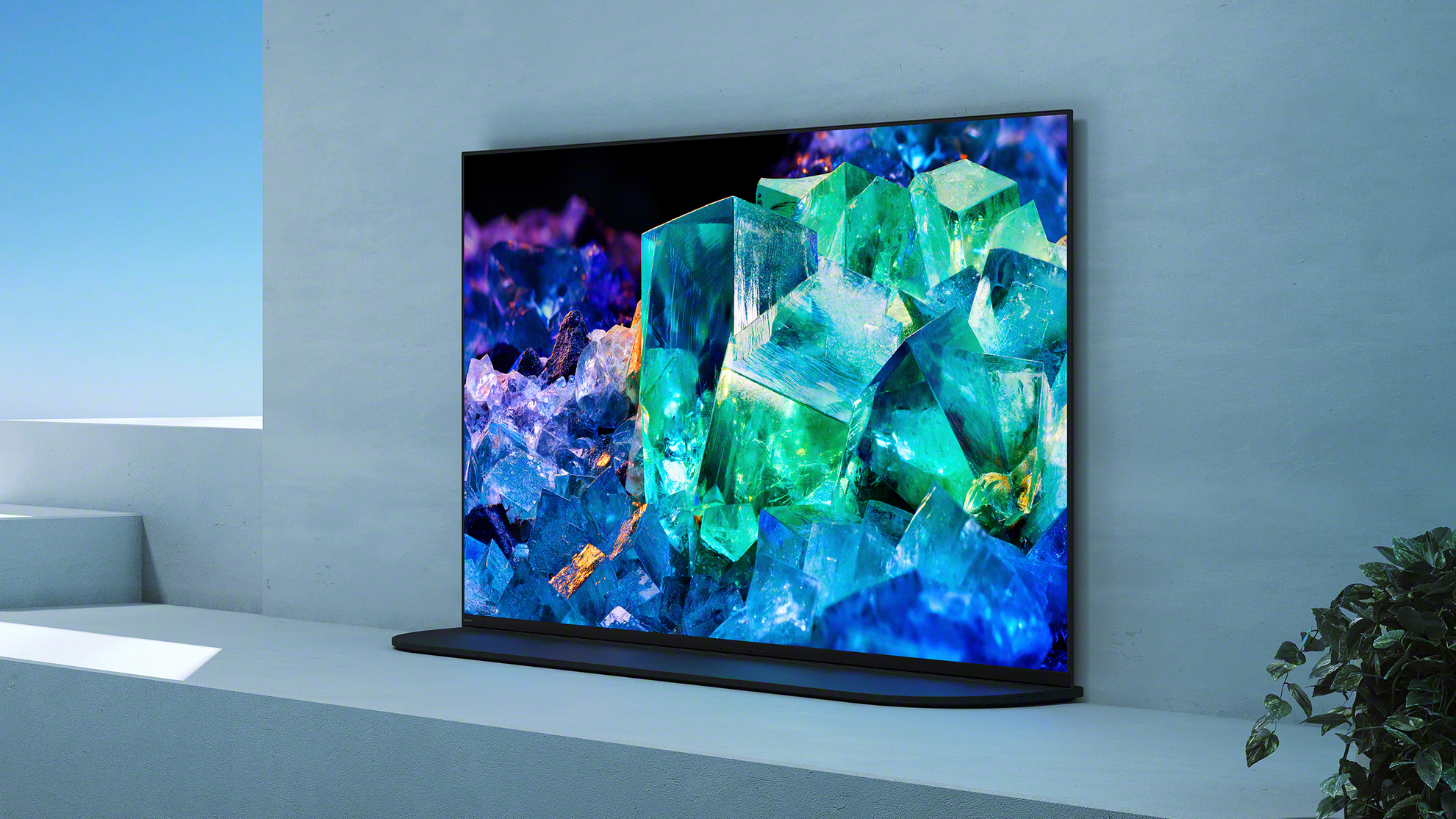

At CES 2022, Samsung Display unveiled its long-awaited next-gen TV tech: QD-OLED (also known as QD Display). Mixing the glorious colour of Quantum Dots (used in Samsung's QLED screens) with an OLED panel creates a screen that promises to be brighter and more colourful than the best OLED TVs, but with the perfect per-pixel contrast of OLED that even the best Samsung TVs so far can't quite match.
The technology is so new that Samsung itself hasn't actually publicly unveiled a TV with it built-in yet (though a secret Samsung TV did win an award at CES). In fact, the first QD-OLED TV has been announced by Sony: the Sony A95K (pictured above). This will be the new top-of-the-range for Sony in 2022, and we've got a breakdown of what's different between the A95K and the current A90J here.
Update: Samsung has now unveiled the Samsung S95B QD-OLED TV, and the price is not as bad as we feared! Though it's still quite high…
So: this QD-OLED tech is the new hotness, but will it cost insane amounts of money, like Samsung's microLED TVs? We don't have any official prices yet, but while it doesn't look like it'll cost anywhere near as much as those microLED TVs, early word is to expect a big price premium over current OLED TVs… and now it's clear why that is, thanks to a report in The Elec.
The report cites sources saying that the current yield rate for making QD-OLED panels is around 30%, and that Samsung is currently holding off on investing any more into improving its manufacturing to improve that.
Yield rate is, basically, the efficiency of your manufacturing process. A 100% yield rate means there's effectively no wastage: everything you try to make comes out in a good enough state to sell. This isn't really possible with advanced electronics – when you're putting together something so complex, there's a pretty good chance of something in there not working right. A yield rate of 50% means that only half of what you make is actually good enough to sell. As you can image, this affects the price that a manufacturer charges for something – twice as much resources have to be used to create one thing that works, and that has to be paid for.
A yield rate of 30% is, therefore, not great news for prices of the QD-OLED screens. OLED TV manufacturing has really advanced in the last few years, which is why the technology has seen a good 30% drop in prices recently. QD-OLED is kind of starting back at square one (not quite – but, like, square three or something).
Sign up to the T3 newsletter for smarter living straight to your inbox
Get all the latest news, reviews, deals and buying guides on gorgeous tech, home and active products from the T3 experts
So you should brace yourself for the 55-inch Sony A95K to start at a higher price than the £2,699/$2,799 that the Sony A90J launched at in 2021. The eventual Samsung QD-OLED screen may be a little cheaper than the Sony, but not by much.
"Ah," you say, "but today's TVs drop in price so quickly after launch! Won't that help?"
That's where the 'Samsung holding off on investing more' part comes in. The Elec's source says Samsung Display will wait to see what early reaction to QD-OLED is like before maybe investing more in the technology later in 2022. The only real way to solve yield problems is to throw money at it: make more at once to increase economy of scale, or develop better techniques so you reduce the wastage.
So here's hoping that 2022's first QD-OLED TVs are a hit with people who can afford them, enough to make Samsung Display invest in production, and maybe in 2023 the price will come down notably.
In the meantime, most people looking for an OLED experience should expect to stick with regular OLED this year. But with the LG C2 adding more brightness this year for a similar price to before – as well as being available in a 42-inch version for the first time – that's probably just fine.
Matt is T3's former AV and Smart Home Editor (UK), master of all things audiovisual, overseeing our TV, speakers and headphones coverage. He also covered smart home products and large appliances, as well as our toys and games articles. He's can explain both what Dolby Vision IQ is and why the Lego you're building doesn't fit together the way the instructions say, so is truly invaluable. Matt has worked for tech publications for over 10 years, in print and online, including running T3's print magazine and launching its most recent redesign. He's also contributed to a huge number of tech and gaming titles over the years. Say hello if you see him roaming the halls at CES, IFA or Toy Fair. Matt now works for our sister title TechRadar.
-
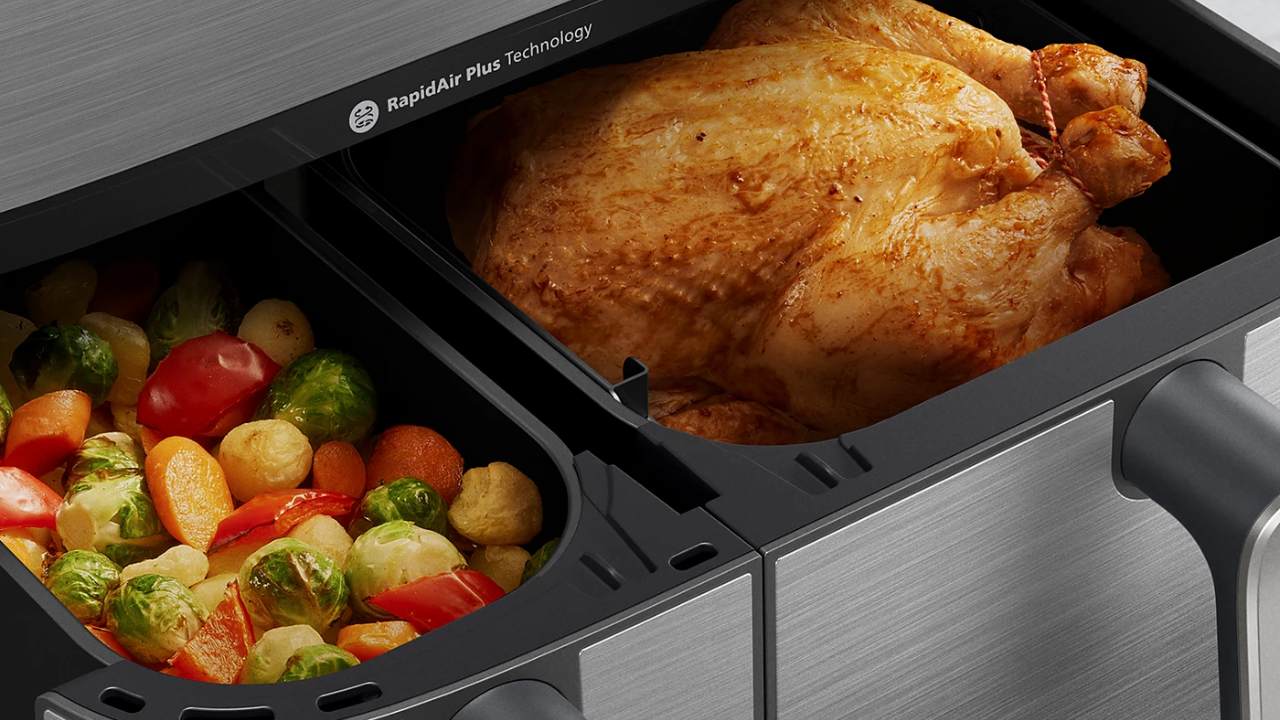 The biggest mistake you’re making when cooking Easter lamb in an air fryer
The biggest mistake you’re making when cooking Easter lamb in an air fryerCooking Easter lunch in your air fryer? Don’t make this mistake…
By Bethan Girdler-Maslen
-
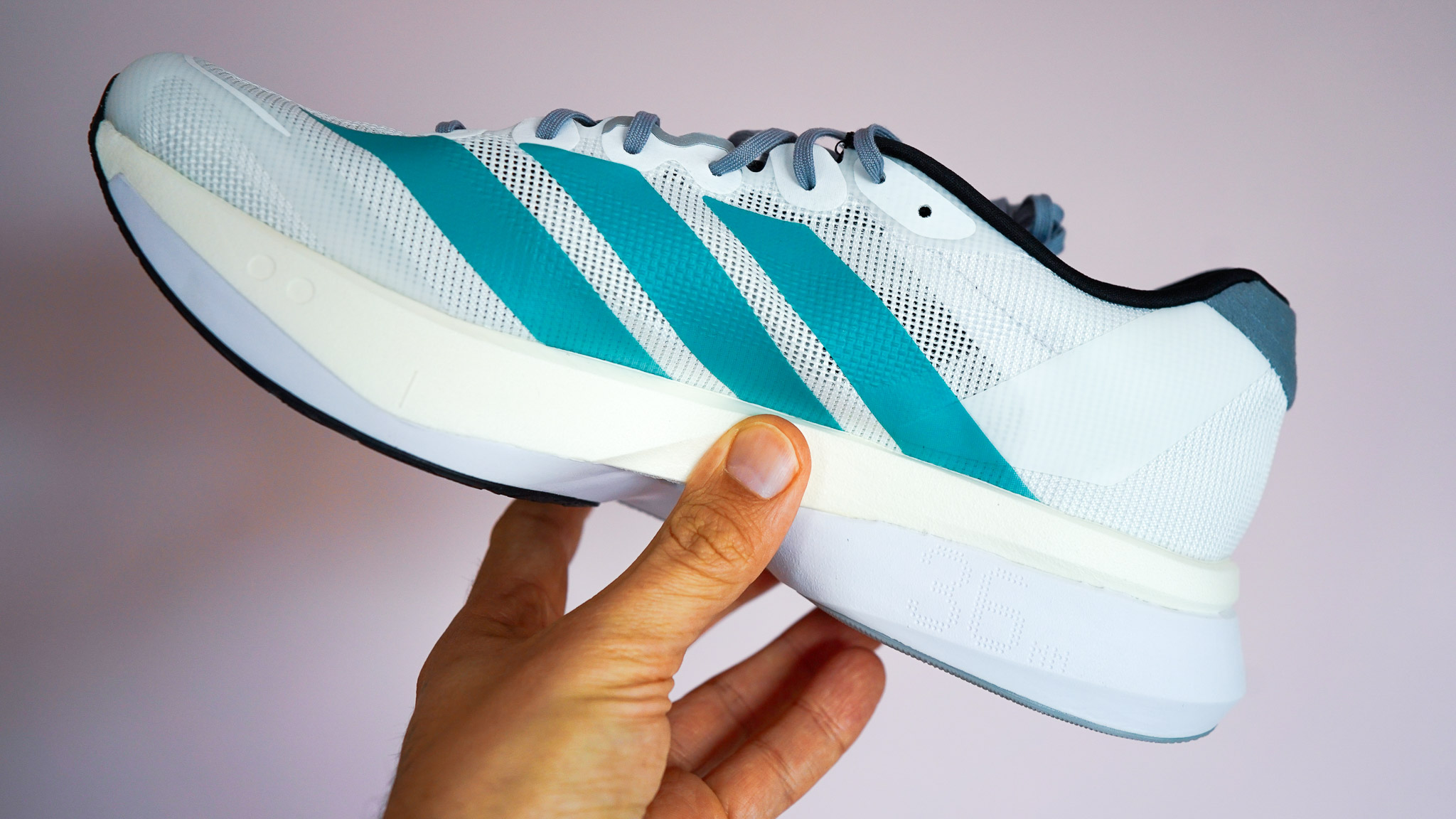 Adidas Adizero Boston 13 is softer, faster, and finally feels like a proper trainer
Adidas Adizero Boston 13 is softer, faster, and finally feels like a proper trainerThe brand quietly fixed everything runners didn’t love about the Boston 12
By Matt Kollat
-
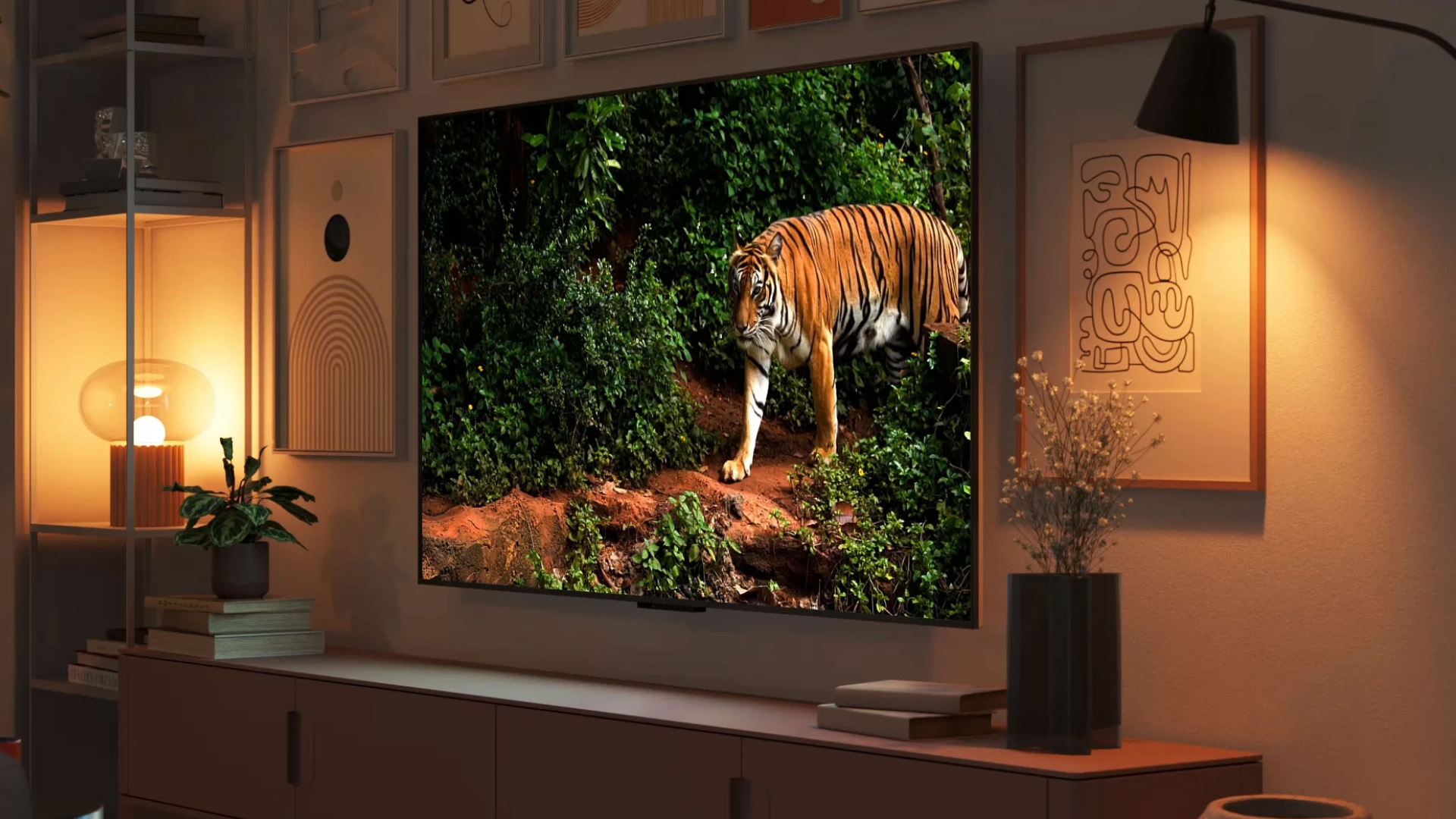 Amazon Fire TV Omni Mini-LED 4K TV review: a huge step up in performance
Amazon Fire TV Omni Mini-LED 4K TV review: a huge step up in performanceAmazon's second-gen Fire TV and first Mini-LED TV is a great option
By Steve May
-
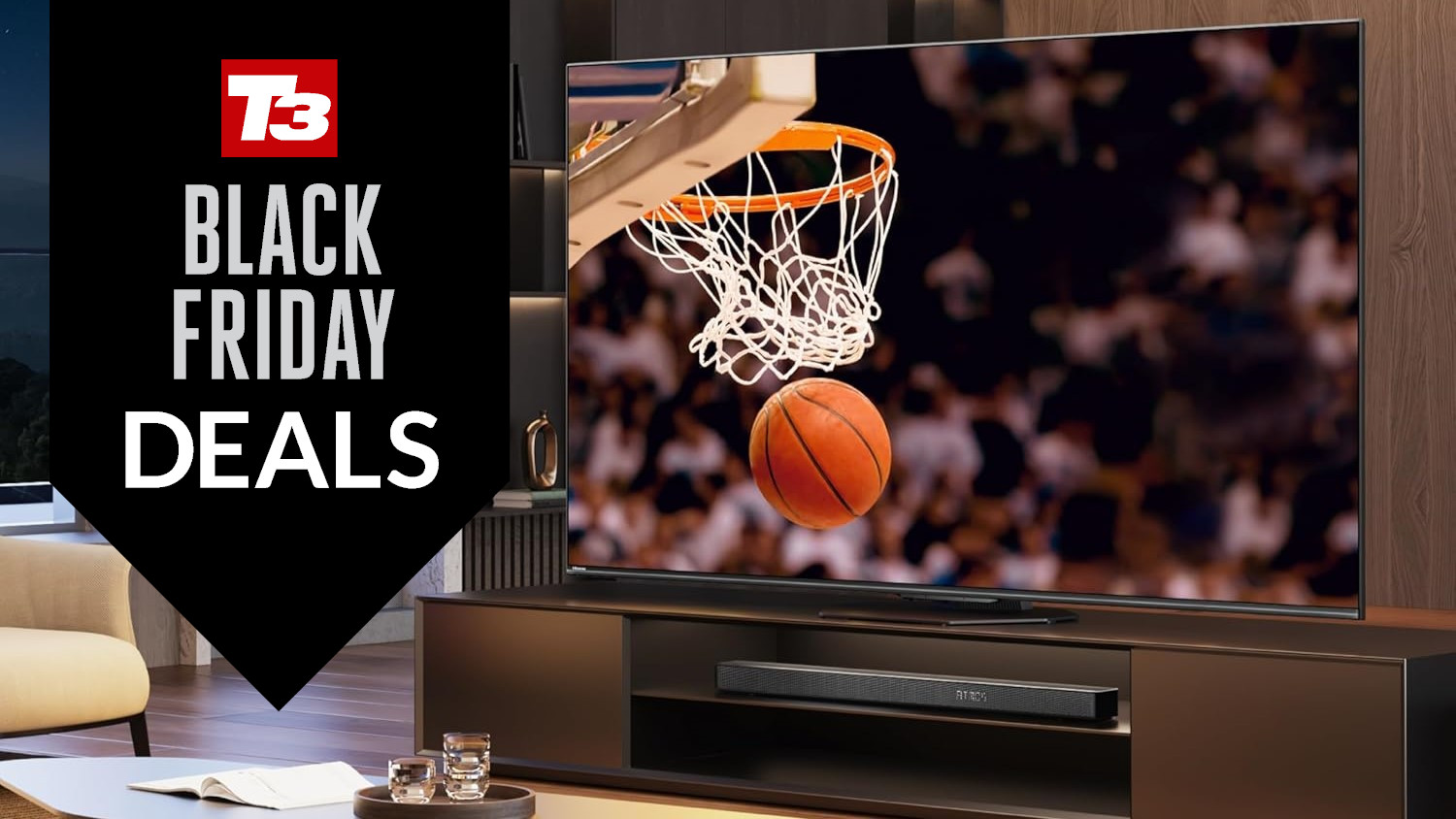 Early Black Friday deal sees price of massive 75-inch TV slashed
Early Black Friday deal sees price of massive 75-inch TV slashedYou'll even get a free copy of NBA 2k25
By Sam Cross
-
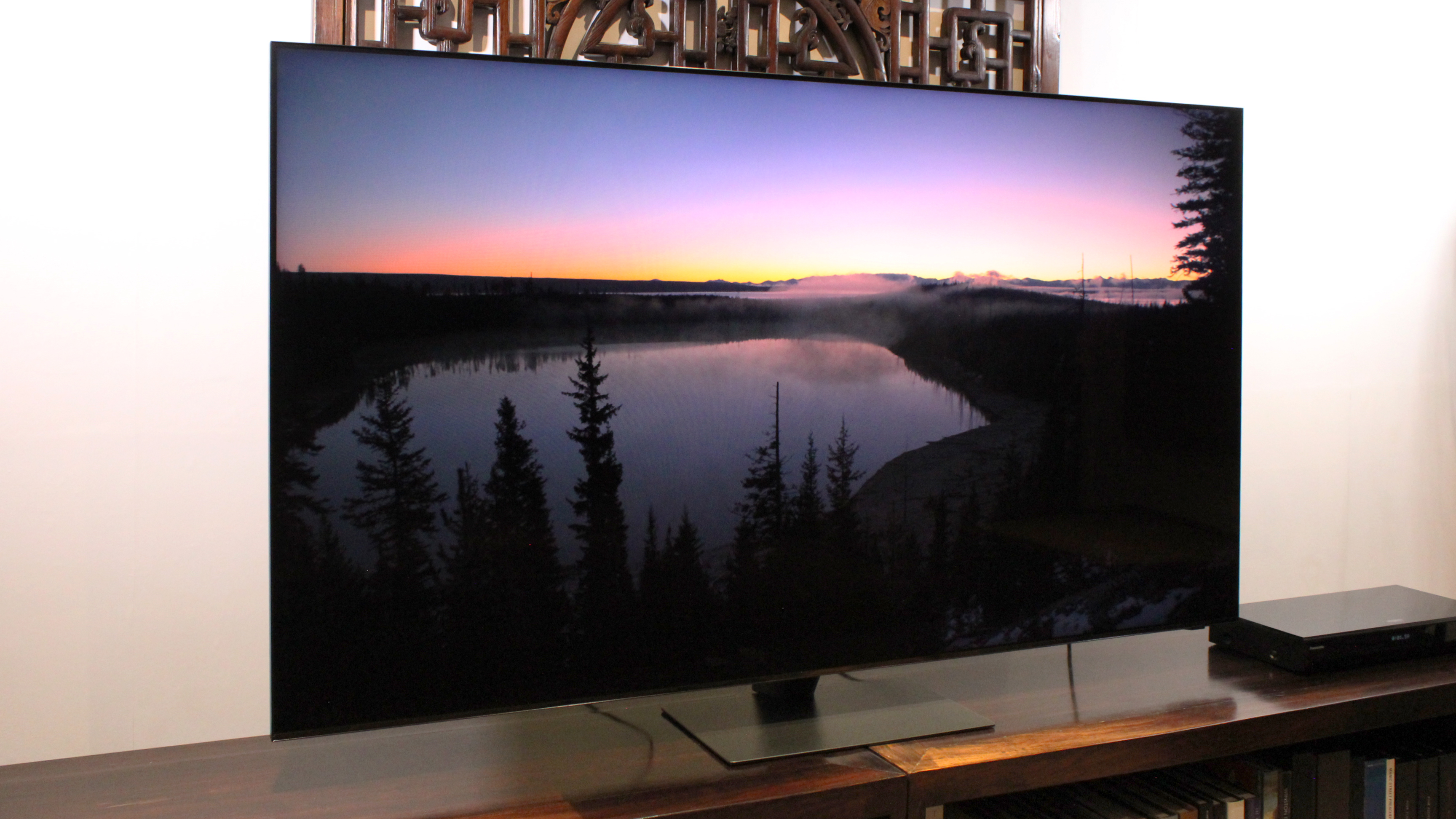 Your Samsung TV just got its biggest free upgrade yet
Your Samsung TV just got its biggest free upgrade yetOne UI is rolling out to the latest Samsung TVs now
By Britta O'Boyle
-
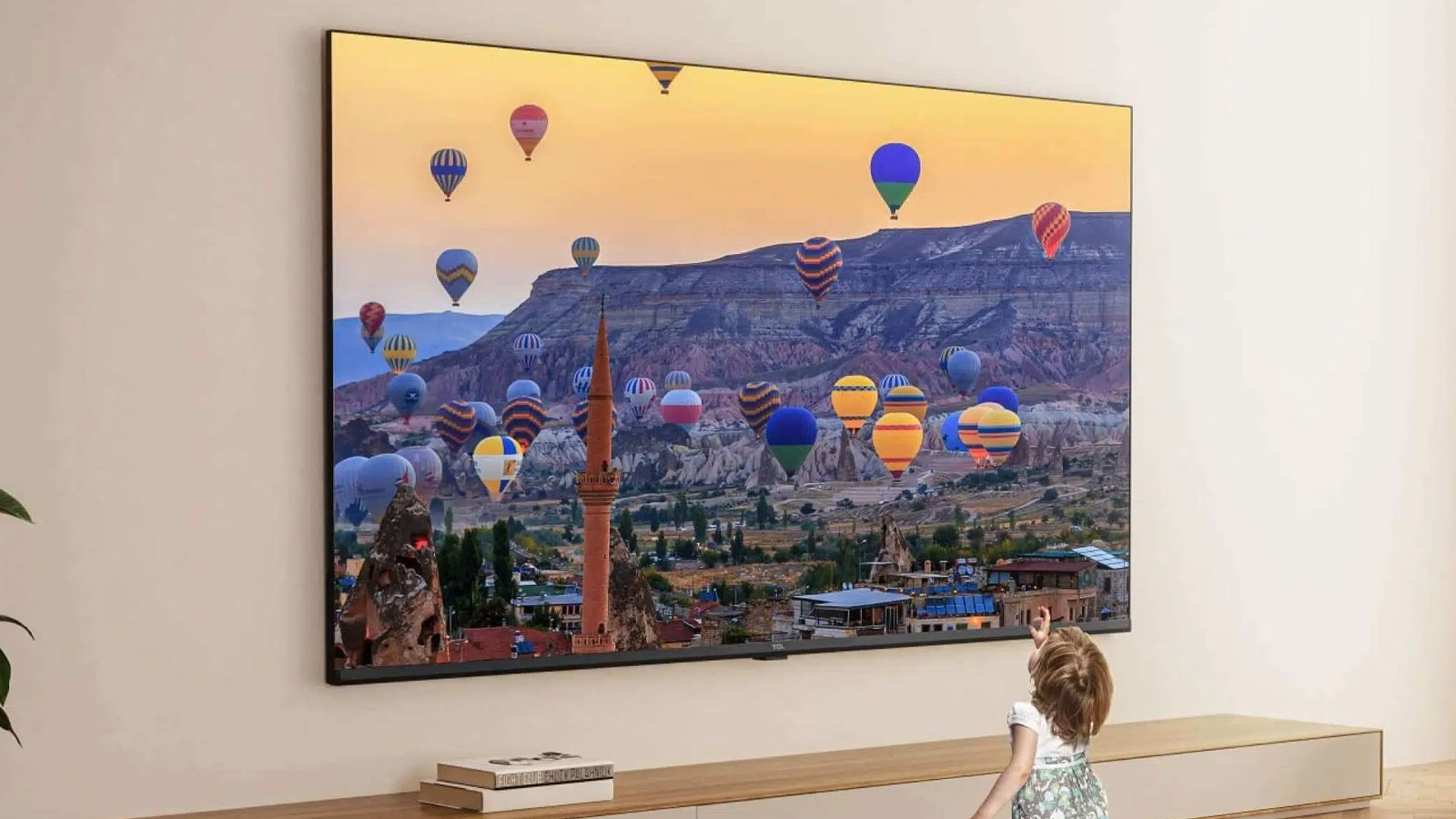 This ultra-bright mini-LED TV is the display of my dreams
This ultra-bright mini-LED TV is the display of my dreamsTCL's next flagship looks fantastic
By Andy Sansom
-
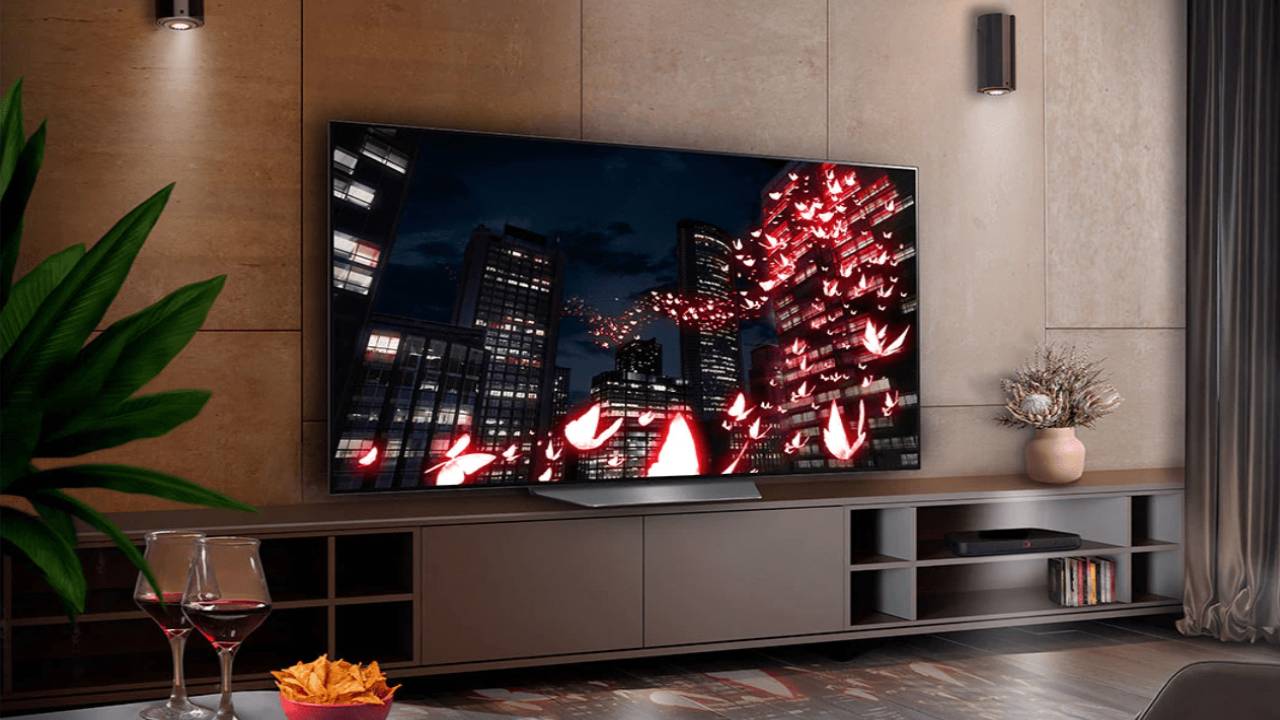 LG TV owners just got Apple TV+ for free
LG TV owners just got Apple TV+ for freeNo matter if you have an LG OLED TV or an LED model, you just got Apple TV+ for free
By Robert Jones
-
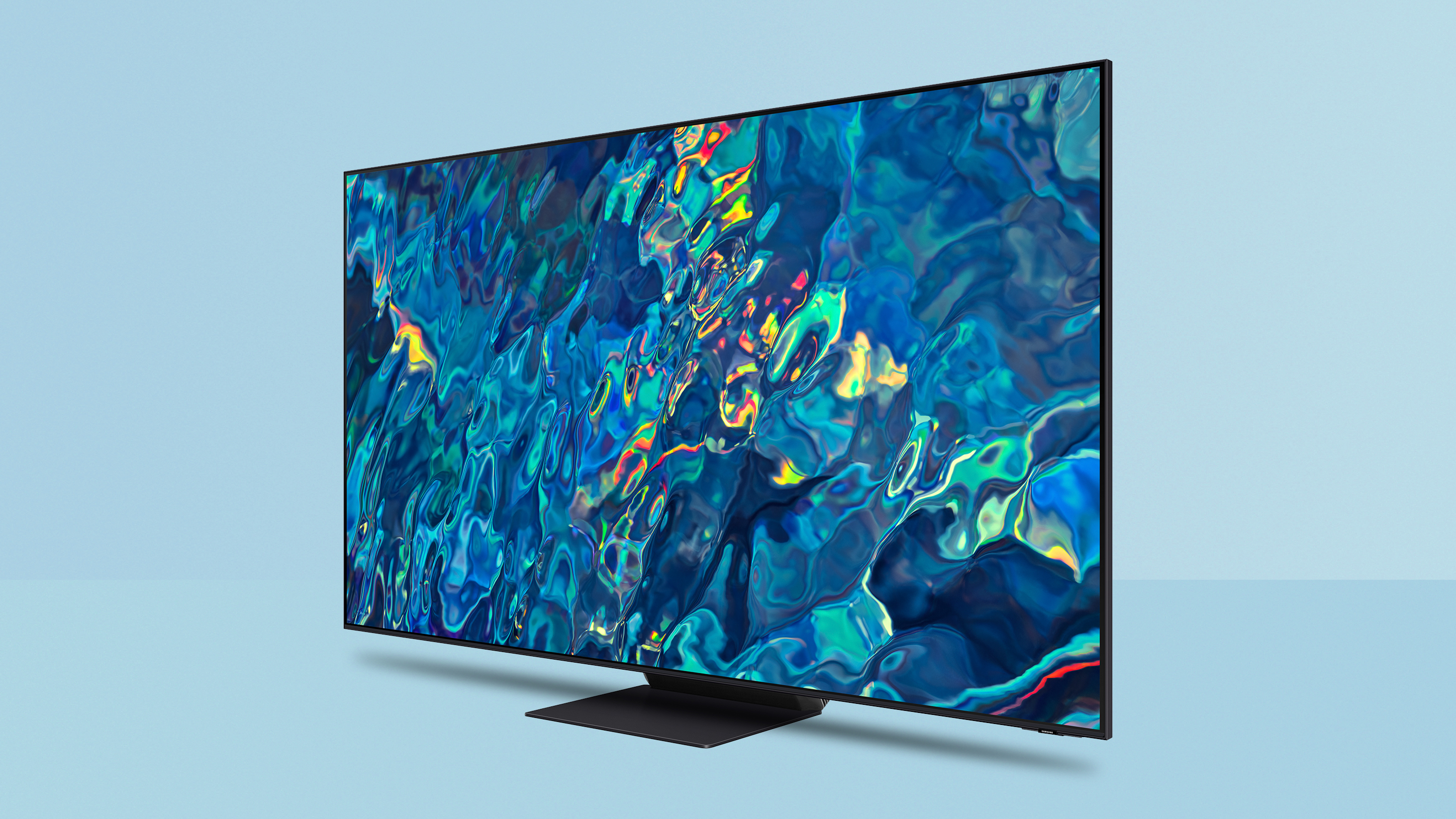 Samsung smart TV owners just got a welcome image upgrade
Samsung smart TV owners just got a welcome image upgradeHDR10+ comes to the Apple TV app on Samsung Smart TVs
By Carrie Marshall
-
 My LG C1 OLED TV makes The Darkness look incredible on Xbox Series X
My LG C1 OLED TV makes The Darkness look incredible on Xbox Series XThis classic first-person shooter is taken to a new level of awesome thanks to OLED TV tech
By Robert Jones
-
 TV deals in the Amazon Prime Early Access Sale from Samsung, LG and more
TV deals in the Amazon Prime Early Access Sale from Samsung, LG and moreBlack Friday deals have come early with these TV deals as part of Amazon's Prime Early Access Sale
By Mat Gallagher